The Vitrectomy Cost in Singapore approximately starts from USD 5000
Vitrectomy is a retinal surgery in which the fluid of the eye known as vitreous is removed from the eye and is compensated with a saline solution. The saline solution keeps the retina intact in the right place. An ophthalmologist recommends you a retinal surgery only if your eye is badly injured. It is also suggested to patients whose tissue of the retina is bruised, blood vessels of the retina are bruised, affected with Macular Pucker and the retina is infected. Expert ophthalmologists ask you to undergo the retinal surgery only when they find out that you are facing serious infections in the eye. Though the surgery is performed to remove the trauma of eye infections it still involves risks like glaucoma in which there is a loss in vision. In addition to this, swollen and burning eyes, infection, a retinal detachment which involves adding up of fluids in the eye’s clear covering and cataract.
Retinal surgery does not require a patient to stay overnight in the hospital. The surgeons performing Vitrectomy in Singapore will perform a retinal check-up and ultrasound imaging before the surgery. General anaesthesia is used before the surgery. The surgery will take up to 2 to 3 hours. There are two methods using which the surgery is performed namely- Posterior Pars Plana Vitrectomy and Anterior Pars Plana Vitrectomy. The first one is performed by removing the fluid whereas the second is performed in exceptional cases. After the surgery, a patient is advised not to indulge in physical activities and heavy workouts which causes sweating. In addition to this, washing of the hair must be avoided so that the water doesn't go into your eyes.
Vitrectomy cost in Singapore is $ 7,466 but the prices might change depending on medical conditions of the patients.
| Country | Minimum Cost | Minimum Local Currency | Maximum Cost | Maximum Local Currency |
|---|---|---|---|---|
| India | USD 1000 | INR 83150 | USD 2000 | INR 166300 |
| Thailand | USD 5000 | THB 178250 | USD 8000 | THB 285200 |
| Turkey | USD 5900 | TRY 177826 | USD 7000 | TRY 210980 |
| United Arab Emirates | - | - | USD 8000 | AED 29360 |
Treatment cost
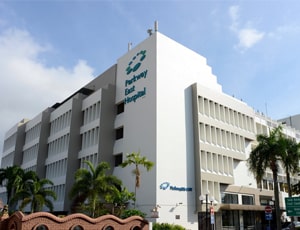
Parkway East Hospital located in Joo Chiat Pl, Singapore is accredited by JCI. Also listed below are some of the most prominent infrastructural details:

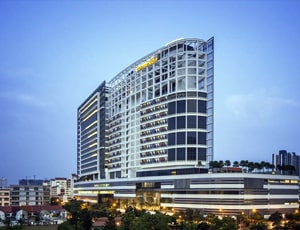
Apart from in-detail treatment procedures available, Farrer Park Hospital located in Connexion, Singapore has a wide variety of facilities available for International Patients. Some of the facilities which are provided by them are Accommodation, Airport Transfer, Choice of Meals, Interpreter, SIM, TV inside room. Also listed below are some of the most prominent infrastructural details:

Types of Vitrectomy in Sarvodaya Hospital and Research Centre and its associated cost
| Treatment Option | Approximate Cost Range (USD) | Approximate Cost Range (INR) |
|---|---|---|
| Vitrectomy (Overall) | 2025 - 4043 | 166062 - 333022 |
| Pars Plana Vitrectomy | 2024 - 3568 | 167018 - 291755 |
| Anterior Vitrectomy | 2243 - 3053 | 182872 - 249014 |
| Posterior Vitrectomy | 2541 - 4057 | 207659 - 331945 |
| Combined Vitrectomy | 2537 - 4546 | 208605 - 373953 |
DOCTORS IN 14 SPECIALITIES
FACILITIES & AMENITIES
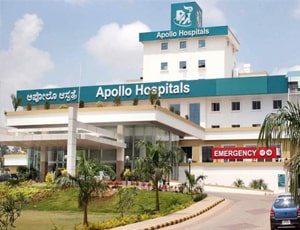
Types of Vitrectomy in Apollo Hospitals Bannerghatta and its associated cost
| Treatment Option | Approximate Cost Range (USD) | Approximate Cost Range (INR) |
|---|---|---|
| Vitrectomy (Overall) | 2294 - 4581 | 180731 - 375511 |
| Pars Plana Vitrectomy | 2272 - 3880 | 184076 - 321972 |
| Anterior Vitrectomy | 2488 - 3437 | 204859 - 270897 |
| Posterior Vitrectomy | 2760 - 4541 | 229234 - 374028 |
| Combined Vitrectomy | 2769 - 5026 | 233948 - 414850 |
DOCTORS IN 13 SPECIALITIES
FACILITIES & AMENITIES
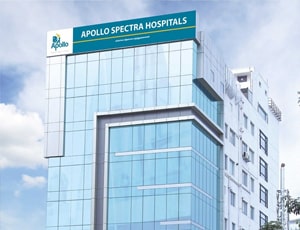
Types of Vitrectomy in Apollo Spectra Hospitals and its associated cost
| Treatment Option | Approximate Cost Range (USD) | Approximate Cost Range (INR) |
|---|---|---|
| Vitrectomy (Overall) | 2039 - 4040 | 167085 - 334422 |
| Pars Plana Vitrectomy | 2040 - 3560 | 166944 - 290234 |
| Anterior Vitrectomy | 2237 - 3048 | 182547 - 248525 |
| Posterior Vitrectomy | 2545 - 4056 | 208276 - 332561 |
| Combined Vitrectomy | 2526 - 4564 | 207117 - 374920 |
DOCTORS IN 10 SPECIALITIES
FACILITIES & AMENITIES
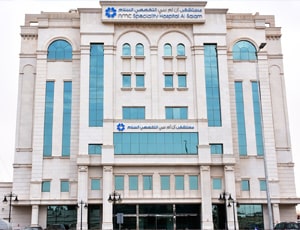
Apart from in-detail treatment procedures available, NMC Specialty Hospital Al Salam located in Riyadh, Saudi Arabia has a wide variety of facilities available for International Patients. Some of the facilities which are provided by them are Accommodation, Airport Transfer, Choice of Meals, Interpreter, SIM, TV inside room. Also listed below are some of the most prominent infrastructural details:

Apart from in-detail treatment procedures available, University Hospital Quironsalud Madrid located in Madrid, Spain has a wide variety of facilities available for International Patients. Some of the facilities which are provided by them are Accommodation, Airport Transfer, Choice of Meals, Interpreter, SIM, TV inside room. Also listed below are some of the most prominent infrastructural details:

Apart from in-detail treatment procedures available, Dexeus University Hospital located in Barcelona, Spain has a wide variety of facilities available for International Patients. Some of the facilities which are provided by them are Accommodation, Airport Transfer, Choice of Meals, Interpreter, SIM, TV inside room. Also listed below are some of the most prominent infrastructural details:

Quironsalud Torrevieja Hospital located in Torrevieja (Alicante), Spain is accredited by ISO. Also listed below are some of the most prominent infrastructural details:
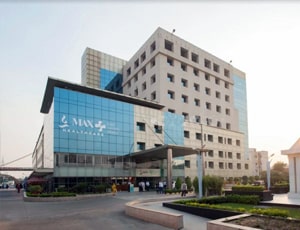
The cost for Vitrectomy ranges from USD 3060 - 3730 in Max Super Specialty Hospital, Vaishali
Max Super Specialty Hospital, Vaishali located in Ghaziabad, India is accredited by NABH, NABL. Also listed below are some of the most prominent infrastructural details:
DOCTORS IN 14 SPECIALITIES
FACILITIES & AMENITIES
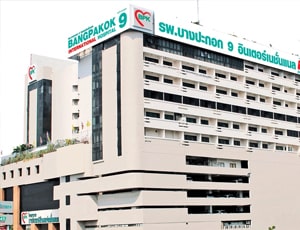
Types of Vitrectomy in Bangpakok 9 International Hospital and its associated cost
| Treatment Option | Approximate Cost Range (USD) | Approximate Cost Range (THB) |
|---|---|---|
| Vitrectomy (Overall) | 2761 - 9572 | 99939 - 334755 |
| Pars Plana Vitrectomy | 3433 - 6116 | 121397 - 221791 |
| Anterior Vitrectomy | 3968 - 6872 | 142108 - 240652 |
| Posterior Vitrectomy | 4572 - 7379 | 162054 - 262189 |
| Combined Vitrectomy | 5076 - 8295 | 178586 - 301112 |
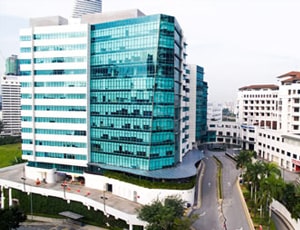
Parkway Pantai located in Kuala Lumpur, Malaysia is accredited by JCI. Also listed below are some of the most prominent infrastructural details:

Types of Vitrectomy in Burjeel Medical City and its associated cost
| Treatment Option | Approximate Cost Range (USD) | Approximate Cost Range (AED) |
|---|---|---|
| Vitrectomy (Overall) | 5689 - 10335 | 20510 - 36491 |
| Pars Plana Vitrectomy | 5160 - 8282 | 18937 - 30604 |
| Anterior Vitrectomy | 5293 - 9069 | 19412 - 33415 |
| Posterior Vitrectomy | 5669 - 9641 | 20572 - 34514 |
| Combined Vitrectomy | 6314 - 10015 | 22474 - 36680 |
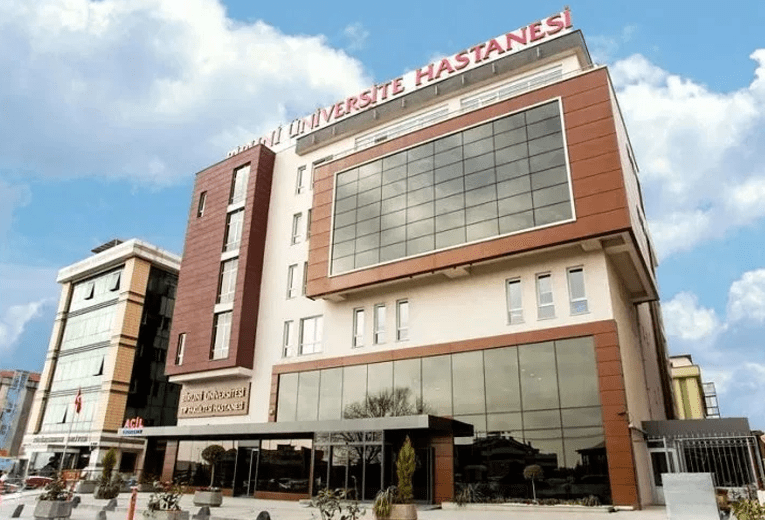
Types of Vitrectomy in Biruni University Hospital and its associated cost
| Treatment Option | Approximate Cost Range (USD) | Approximate Cost Range (TRY) |
|---|---|---|
| Vitrectomy (Overall) | 4564 - 7888 | 134990 - 234098 |
| Pars Plana Vitrectomy | 3405 - 6252 | 101783 - 187163 |
| Anterior Vitrectomy | 3948 - 6805 | 117687 - 205318 |
| Posterior Vitrectomy | 4576 - 7322 | 133286 - 216227 |
| Combined Vitrectomy | 5124 - 8356 | 154968 - 255683 |
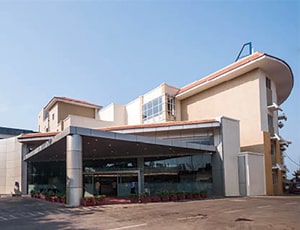
Types of Vitrectomy in Manipal Hospitals Goa, Dona Paula and its associated cost
| Treatment Option | Approximate Cost Range (USD) | Approximate Cost Range (INR) |
|---|---|---|
| Vitrectomy (Overall) | 2026 - 4061 | 165822 - 333361 |
| Pars Plana Vitrectomy | 2022 - 3563 | 166079 - 290684 |
| Anterior Vitrectomy | 2240 - 3043 | 182281 - 248707 |
| Posterior Vitrectomy | 2539 - 4063 | 207116 - 334149 |
| Combined Vitrectomy | 2536 - 4563 | 208060 - 374854 |
DOCTORS IN 13 SPECIALITIES
FACILITIES & AMENITIES
A vitrectomy is an eye surgery used to address particular issues with the retina and vitreous. During the procedure, the surgeon removes the vitreous, a gel-like substance filling the back part of the eye, and replaces it with another solution.
The retina is a layer of nerve cells that lines the inner part of the back part of the eye, and which uses light to send visual information to the brain. Normally, the vitreous is clear, enabling light to pass through and reach the retina.
A vitrectomy may be necessary for various eye problems, including:
These conditions can lead to vision loss and, if left untreated, some may result in blindness. A vitrectomy can sometimes restore lost vision. The procedure may be performed as an emergency, such as in the case of an eye injury, or scheduled in advance by your eye care provider.
Following are the types of Vitrectomy:
Retinal surgery is generally performed under general anesthesia. However, local anesthesia may be used in some cases, particularly for patients with breathing difficulties.
Incisions are formed in the pars plana of the eye, which is in front of the retina but behind the iris. The instruments used in vitrectomy include:
Firstly the surgeon inserts small probes into the eye to perform the vitrectomy. The vitreous gel is cut and suctioned out using the vitrector. The retina is often treated with a laser (photocoagulation) to remove fibrous or scar tissue, flatten areas of detachment, and repair any tears or holes.
To press the retina against the eye wall, the surgeon injects silicone oil or a gas bubble into the eye. After the retinal detachment heals, the silicone oil must be removed since the body cannot absorb it. The oil bubble is often preferred over the gas bubble because it does not move around the eye, making recovery easier for children and elderly patients who may struggle to keep their heads in a fixed position for long periods.
Recovery after vitrectomy generally involves several weeks of careful monitoring and follow-up appointments. Patients may initially experience some discomfort, swelling, and blurred vision, with gradual improvement. It's important to avoid strenuous activities and follow all post-operative care instructions to ensure proper healing and reduce the risk of complications. Full visual recovery may take several months, depending on the underlying condition treated.
Ask your healthcare adviser for the best multiple options and choose the one that meets your expectations
Different hospitals have different pricing policy when it comes to the cost of Vitrectomy in Singapore. The cost quoted by some of the best hospitals for Vitrectomy in Singapore generally covers the pre-surgery investigations of the patient. The comprehensive Vitrectomy package cost includes the cost of investigations, surgery, medicines and consumables. Post-surgical complications, new findings and delayed recovery may have an impact on the total Vitrectomy cost in Singapore.
Many hospitals in Singapore perform Vitrectomy. The following are some of the most renowned hospitals for Vitrectomy in Singapore:
After discharge from the hospital, the patient has to stay for another 15 days in the country for complete recovery. This time frame is important to ensure that the surgery was successful and the patient is fit to fly back.
Apart from the cost of Vitrectomy, the patient is also required to pay additionally for daily meals and guest house accommodation. The per day extra expenses in Singapore per person are about USD 50 per person.
Some of the cpopular cities in Singapore that offer Vitrectomy include the following:
After the Vitrectomy takes place, the average duration of stay at the hospital is about 1 days. The patient is subjected to several biochemistry and radiological scans to see that everything is okay and the recovery is on track. After making sure that patient is clinically stable, discharge is planned.
The average rating for Vitrectomy hospitals in Singapore is 2.7. This rating is automatically calculated on the basis of several parameters such as the infrastructure of the hospital, quality of services, nursing support and other services.
There are more than 2 hospitals that offer Vitrectomy in Singapore. These hospitals have proper infrastructure for the treatment of patients who require kidney transplant. Additionally, these hospitals are known to comply with the international standards as well as local legal requirements for the treatment of patients.
Some of the most sought after medical specialists for Vitrectomy in Singapore are: